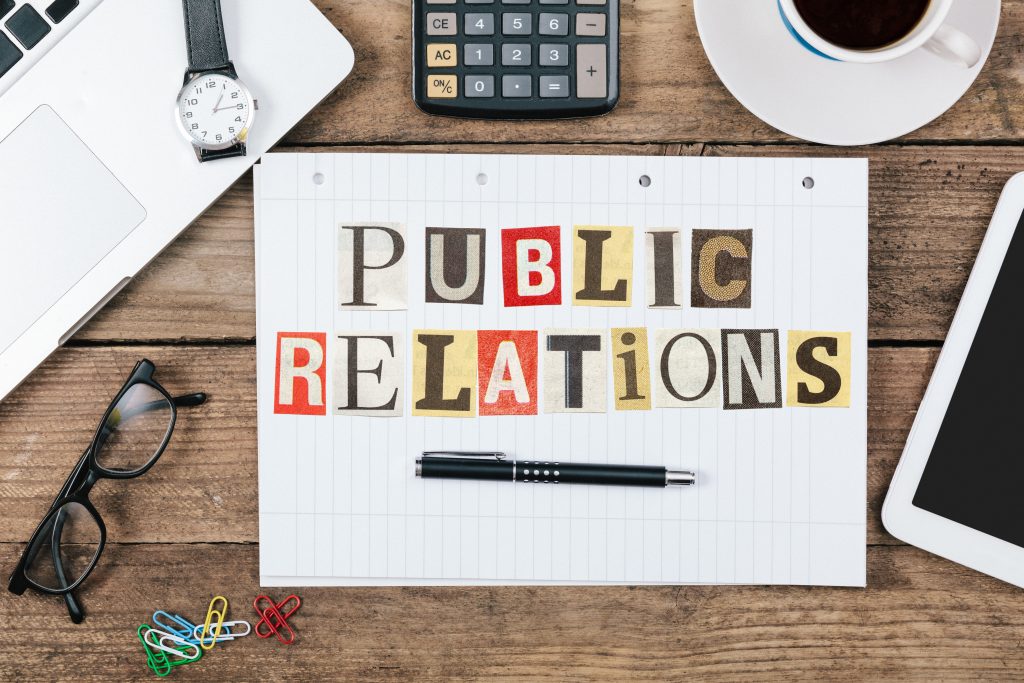
Nonprofit Public Relations Strategies to Raise Awareness and Funds
Effective public relations (PR) serves as a critical lifeline for raising awareness and securing vital funding. Your mission’s success depends significantly on how well you communicate your organization’s value and impact to stakeholders, donors, and the communities you serve.
Public relations for nonprofits is a strategic communication process that builds mutually beneficial relationships between your organization and its publics. Successful nonprofit PR combines authentic storytelling, targeted media outreach, media relations tools, and measurable goals, creating connections that resonate emotionally with audiences while delivering tangible results.
In this article, we will explore key strategies to enhance your organization’s visibility and fundraising capabilities, even with limited resources.
Understanding the Importance of Public Relations in Nonprofits
Building Trust and Credibility
Trust is the foundation upon which successful nonprofit organizations operate. Effective PR establishes and maintains this trust through clear communication and crisis management strategies. When your nonprofit consistently communicates its mission and values across all channels, you reinforce your commitment and build credibility with stakeholders. This is especially crucial today, as recent data shows that only 52% of Americans express trust in nonprofit organizations—a concerning statistic that highlights the need for strategic PR efforts.
Enhancing Visibility and Community Engagement
Public relations expands your nonprofit’s reach through media engagements and social media, positioning your organization as a thought leader in your cause area. This visibility is crucial for:
- Educating the public: Communicate about your cause through various channels and formats to enhance your nonprofit’s public presence.
- Building community connections that transform into active support
- Amplifying your voice in policy discussions relevant to your mission
- Increasing donor awareness is a key component of your nonprofit’s public relations strategy. Showcase your organization’s impact and needs through targeted communication.
Research shows that nonprofits that strategically engage their communities through PR efforts see significantly higher levels of donor engagement and volunteer participation. By consistently sharing your organization’s stories and impact, you create multiple touchpoints for potential supporters to connect with your cause.
Key Nonprofit PR Strategies
Message Refinement and Alignment
Your nonprofit must have a compelling message that aligns with your mission and vision. This strategic alignment creates a foundation for all communications and ensures consistency across channels.
When crafting your key messages:
- Ensure they directly connect to your mission statement
- Develop language that resonates with different stakeholder groups
- Create a clear “elevator pitch” that staff and board members can consistently use
- Regularly review and refine messages in your communication plan to reflect organizational developments.
Organizations with well-defined messaging frameworks report greater success in media coverage and donor engagement, as their communications remain focused and impactful.
Crafting Compelling Stories and Selecting the Right Spokespeople
Nonprofits should present initiatives as narratives that resonate with audiences rather than simply stating facts. Effective storytelling transforms abstract missions into tangible, emotional connections that inspire action.
When selecting spokespeople:
- Choose individuals who can humanize your cause
- Ensure they have a media-friendly online presence
- Provide comprehensive media training to your PR team to effectively convey messages.
The most successful nonprofit campaigns leverage personal stories from beneficiaries, volunteers, and staff to create emotional connections that drive engagement and donations.
Social Media Public Relations for Nonprofits
Strategic Platform Selection and Content Strategy
Social media serves as a powerful tool for nonprofit outreach, enabling direct engagement with supporters and real-time updates. However, success requires strategic platform selection based on your target audience demographics and behaviors.
For example, effective public relations strategies can lead to increased donor engagement.
- Instagram is ideal for visual storytelling and reaching younger audiences
- Facebook remains effective for community building and fundraising
- LinkedIn An effective public relations strategy works best for connecting with professionals and corporate partners.
Your content strategy should include a mix of impact stories, behind-the-scenes content, volunteer spotlights, and clear calls to action that reflect your nonprofit’s reputation. Organizations that share compelling visual content report significantly higher engagement rates than those relying primarily on text .
Peer-to-Peer Fundraising PR Campaigns and Influencer Partnerships
Social media platforms have transformed into hubs for peer-to-peer fundraising, empowering supporters to become advocates for your cause. Recent data shows that 41% of Gen Z and 24% of Millennials are influenced to donate through social media endorsements.
To maximize this potential:
- Provide supporters with branded toolkits for sharing
- Create gamified campaigns to increase engagement and showcase your nonprofit’s reputation.
- Partner with micro-influencers aligned with your mission
Successful examples like the ALS Ice Bucket Challenge demonstrate how social media campaigns can exponentially increase awareness and funding when they effectively combine storytelling, clear calls to action, and community participation.
Building Relationships with Media and Influencers
Strategic Media Engagement
Building relationships with journalists requires tailored pitches and consistent follow-up .
The most effective media relations strategies involve:
- Researching journalists who cover your cause area
- Creating compelling story angles relevant to their audience
- Providing complete media kits with visuals and interview sources Maintaining relationships beyond immediate coverage needs
Organizations like the World Wildlife Fund demonstrate excellence in media relations through their Species Status Reports, which package research with compelling visuals and expert interviews, consistently generating extensive coverage.
Cultivating Influencer Relationships
In 2025, influencer partnerships have become increasingly valuable for nonprofits seeking to amplify their message and reach new audiences. More than half of nonprofits now work with social media influencers, with impressive results.
When developing influencer partnerships:
- Focus on alignment with your organizational values
- Prioritize authentic connections over follower counts to strengthen your nonprofit’s reputation.
- Provide clear impact metrics influencers can share
- Create meaningful involvement beyond promotional posts
This approach builds credibility while extending your reach to previously untapped audiences who trust these influencers’ recommendations.
Measure Your Results
Setting Clear Metrics and KPIs
Measuring the effectiveness of your PR efforts is essential for refining strategies and demonstrating value.
Successful nonprofits track:
- Media mentions and reach
- Message pull-through in coverage
- Website traffic from PR activities
- Social media engagement
- Donor inquiries and conversions
- Email list growth
- Volunteer applications should be part of your nonprofit’s public outreach efforts.
By establishing baseline metrics and tracking these indicators over time, you can clearly demonstrate the ROI of your PR investments to board members and stakeholders.
Leveraging Analytics for Strategic Decision-Making
Data-driven decision-making has become increasingly important for nonprofit PR success.
Modern tools empower organizations to enhance their public relations strategy for nonprofits.
- Track donor behavior across channels
- Identify which stories generate the most engagement in your organization’s communication plan.
- Optimize content timing and distribution
- Personalize outreach based on interaction patterns
Organizations that utilize data analytics report being able to make more strategic resource allocations and achieve better results with limited budgets.
Successful Nonprofit Communications
Effective public relations is no longer optional for nonprofits—it’s essential for raising awareness, building trust, and securing the funding needed to advance your mission. By focusing on authentic storytelling, strategic media relationships, and data-driven decision-making, you can create PR strategies that resonate with audiences and drive meaningful action.
Remember that consistency across channels, personalized engagement, and measurable goals are key to success. As you implement these strategies, continually evaluate and refine your approach based on results and emerging trends. Your organization’s mission deserves to be heard, and a strategic PR team provides the platform to amplify your impact and attract the support needed to create lasting change.

